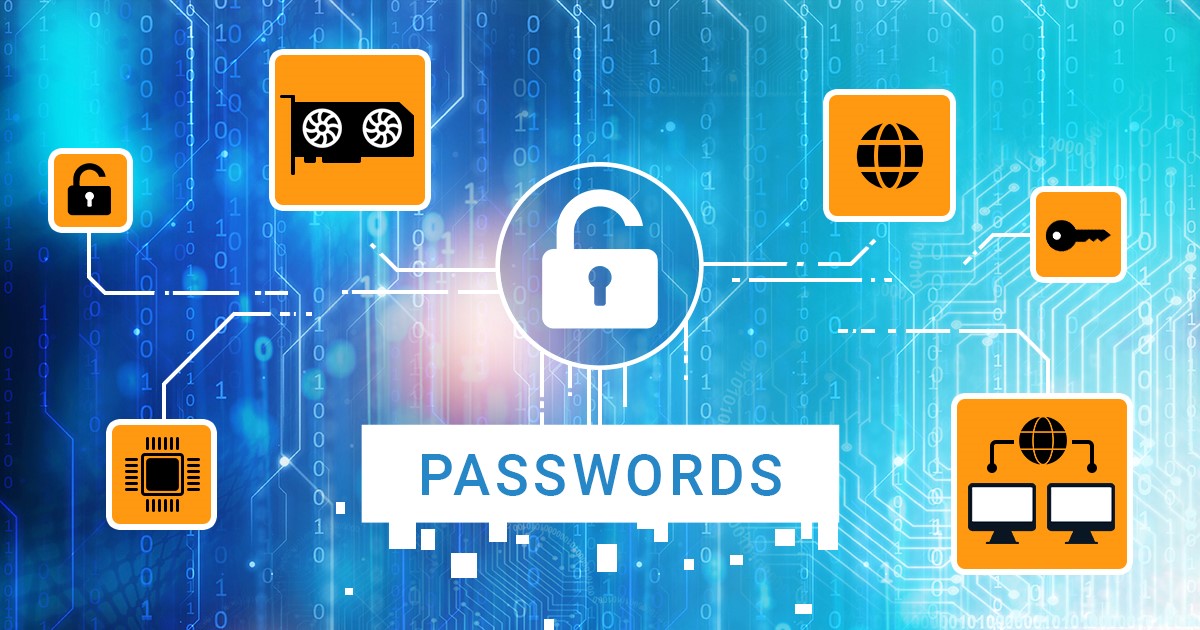We have plugged the last gap in the range of iOS builds supported on the iPhone 5s and 6. The full file system extraction and keychain decryption is now possible on these devices regardless of the version of iOS they are running – at least if that’s iOS 9 or newer. For all other iOS devices up to and including the iPhone 11 Pro Max, we can extract them without a jailbreak if they are running iOS 9 through 13.5 without exceptions. Read how we made this possible.
When investigating iOS devices, you may have seen references to the SoC generation. Security researchers and developers of various iOS jailbreaks and exploits often list a few iPhone models followed by a note that mentions “compatible iPad models”. This is especially common when discussing iOS forensics, particularly referring to the checkra1n jailbreak. What do those references mean, and how are the iPhone and iPad models related? Can we count the iPod Touch and Apple TV, too? Let’s have a look.
checkm8, checkra1n, EIFT, Elcomsoft iOS Forensic Toolkit, Elcomsoft Phone Breaker, Elcomsoft Phone Viewer, EPB, EPV, iCloud, iOS, iOS 14, iOS14, iPad, iPhone, keychain
The number of iOS 14 users is on the raise, and we will see it running on most Apple devices pretty soon. Apple had already stopped signing the last version of iOS 13 on all but legacy hardware. Soon, we will only see it running on the iPhone 5s and iPhone 6 which didn’t get the update, and on a small fraction of newer devices. If you are working in the forensic field, what do you need to do to make yourself ready for iOS 14? Our software may help.
iOS 14 is officially out. It’s a big release from the privacy protection standpoint, but little had changed for the forensic expert. In this article, we’ll review what has changed in iOS 14 in the ways relevant for the forensic crowd.
Last year, we have developed an innovative way to extract iPhone data without a jailbreak. The method’s numerous advantages were outweighed with a major drawback: an Apple ID enrolled in the paid Apple’s Developer program was required to sign the extraction binary. This is no longer an issue on Mac computers with the improved sideloading technique.
Regular or disposable Apple IDs can now be used to extract data from compatible iOS devices if you have a Mac. The use of a non-developer Apple ID carries certain risks and restrictions. In particular, one must “verify” the extraction agent on the target iPhone, which requires an active Internet connection. Learn how to verify the extraction agent signed with a regular or disposable Apple ID without the risk of receiving an accidental remote lock or remote erase command.
Smartphones are used for everything from placing calls and taking photos to navigating, tracking health and making payments. Smartphones contain massive amounts of sensitive information which becomes essential evidence. Accessing this evidence can be problematic or expensive, as was clearly demonstrated during the FBI-Apple encryption dispute, which was about the iPhone 5c used by the San Bernardino shooter in December 2015. With modern technological advances, iPhone 5c unlocks are no longer an issue.
We have discovered a way to unlock encrypted iPhones protected with an unknown screen lock passcode. Our method supports two legacy iPhone models, the iPhone 5 and 5c, and requires a Mac to run the attack. Our solution is decidedly software-only; it does not require soldering, disassembling, or buying extra hardware. All you need is iOS Forensic Toolkit (new version), a Mac computer, and a USB-A to Lightning cable. In this guide, we’ll demonstrate how to unlock and image the iPhone 5 and 5c devices.
We updated iOS Forensic Toolkit to bring two notable improvements. The first one is the new acquisition option for jailbreak-free extractions. The new extraction mode helps experts save time and disk space by pulling only the content of the user partition while leaving the static system partition behind. The second update expands jailbreak-free extraction all the way back to iOS 9, now supporting all 64-bit devices running all builds of iOS 9.
The keychain is one of the hallmarks of the Apple ecosystem. Containing a plethora of sensitive information, the keychain is one of the best guarded parts of the walled garden. At the same time, the keychain is relatively underexplored by the forensic community. The common knowledge has it that the keychain contains the users’ logins and passwords, and possibly some payment card information. The common knowledge is missing the point: the keychain contains literally thousands of records belonging to various apps and the system that are required to access lots of other sensitive information. Let’s talk about the keychain, its content and its protection, and the methods used to extract, decrypt and analyze the various bits and pieces.
EIFT, Elcomsoft iOS Forensic Toolkit, Elcomsoft Phone Breaker, Elcomsoft Phone Digger, Elcomsoft Phone Viewer, EPB, EPD, EPV, icloud keychain, iOS, keychain


